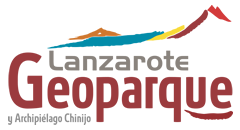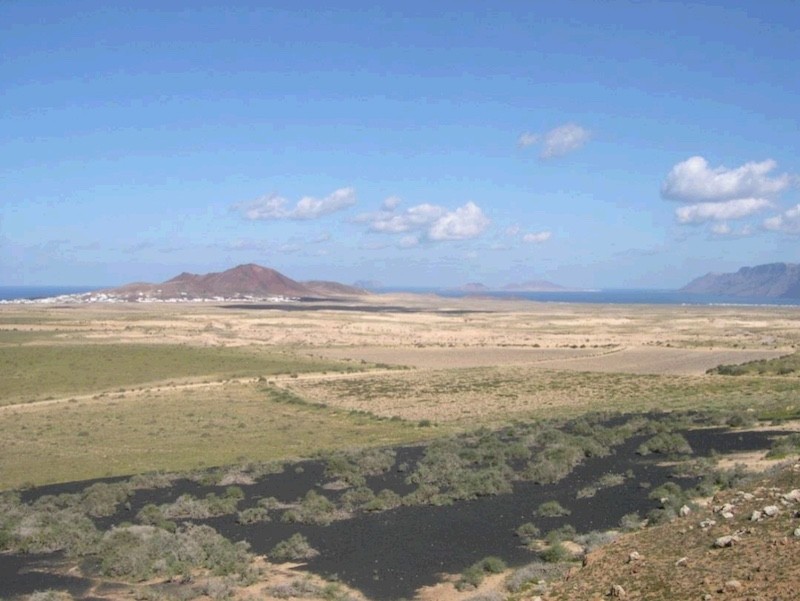Project Description
A wind sand corridor of active organic wind sand that runs through the island north to south, from Caleta de Famara to Playa Honda-Arrecife. From the sedimentary sequence of the Jable we gather the alternating climate, from arid thumbed during the Quarterly and the end of the Pliocene. On the coast, there are marine deposits with an extremely rare fossil, Harpa rosea, which indicates signs of the last interglacial Pleistocene. In some outcrops we may observe several wind episodes, that show signs of arid weather, alternating with humid weather which makes it very interesting when it comes to doing paleoclimate research, as there is a unique register in the Canary Islands. This is currently a very active system, with intense sporadic storms that have historically caused problems in villages, roads and harvests. The dynamic of the sand has been anthropically conditioned (deforestation, transport infrastructures and building).
This geosite has a sedimentological main interest, and a geomorphological, paleontological and stratigraphic secondary interest. It is especially typical of the wind dynamics of eastern islands. On its sand there is a type locality. It is used as reference for paleo-climatology researchers. This is one of the largest geosites in Lanzarote.

